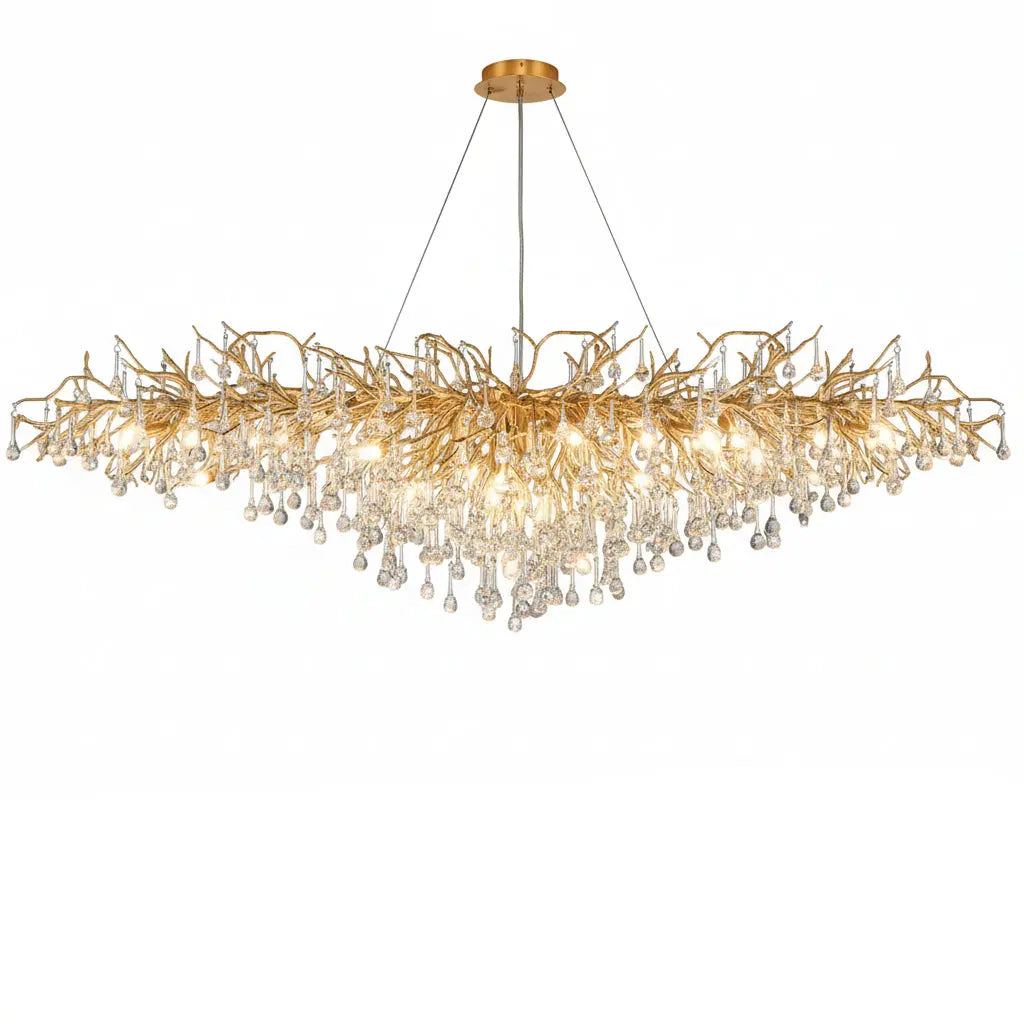Choosing the best bathroom tiles is a crucial step in any bathroom renovation. The right tiles can enhance the look, feel, and functionality of your bathroom. With so many options available, it can be overwhelming to make a decision. This guide will help you navigate through the different types of tiles, factors to consider, design tips, budgeting, and installation options, ensuring you make an informed choice.
Key Takeaways
- Understand the different types of bathroom tiles, including ceramic, porcelain, and natural stone, to choose the best fit for your needs.
- Consider factors like durability, water resistance, slip resistance, and maintenance requirements when selecting tiles.
- Use design tips such as color and texture selection, tile layout, and grout choices to enhance the visual appeal of your bathroom.
- Budget for your tile project by considering tile costs, installation expenses, and long-term maintenance costs.
- Decide between DIY and professional installation by weighing the pros and cons of each option.
Understanding Different Types of Bathroom Tiles
Choosing the right bathroom tiles is crucial for both the look and function of your bathroom. Different types of tiles offer unique benefits and drawbacks, so it's important to understand your options before making a decision.
Factors to Consider When Choosing Bathroom Tiles
When selecting bathroom tiles, it's important to think about more than just looks. Here are some key factors to keep in mind to ensure you make the best choice for your space.
Design Tips for Bathroom Tiles
Color and Texture Selection
Choosing the right color and texture for your bathroom tiles can make a big difference. Lighter colors can make a small bathroom feel bigger, while darker shades add a touch of elegance. Textures can also play a role in the overall feel of the space. Smooth tiles offer a sleek look, while textured tiles can add depth and interest.
When selecting colors and textures, think about how they will work with the rest of your bathroom decor. This can help create a cohesive and stylish look.
Tile Layout and Patterns
The way you lay out your tiles can change the entire look of your bathroom. Simple patterns like straight or diagonal lines are classic choices. For a more modern look, consider herringbone or chevron patterns. Mixing different tile shapes and sizes can also create a unique design.
- Straight Layout: Clean and simple.
- Diagonal Layout: Adds a bit of flair.
- Herringbone Pattern: Modern and stylish.
- Chevron Pattern: Bold and eye-catching.
Grout Selection and Finishing Touches
Grout is more than just a filler; it can enhance the look of your tiles. Choose a grout color that complements or contrasts with your tiles. For a seamless look, match the grout color to your tiles. For a more dramatic effect, use a contrasting color. Don't forget about the finishing touches like tile trims and edges to give your bathroom a polished look.
Paying attention to grout and finishing touches can make your bathroom look professionally designed.
Budgeting for Your Bathroom Tile Project
When planning a bathroom tile project, it's crucial to budget wisely to avoid unexpected costs. Here are some key factors to consider:
Tile Costs
The cost of tiles can vary widely based on the material, design, and quality. Ceramic tiles are generally more affordable, while natural stone tiles can be quite expensive. Here's a quick comparison:
| Tile Type | Average Cost per Square Foot |
|---|---|
| Ceramic | $1 - $5 |
| Porcelain | $3 - $10 |
| Natural Stone | $7 - $20 |
| Glass | $5 - $15 |
Installation Expenses
Installation costs can also add up. Professional installation ensures a high-quality finish but comes at a price. DIY installation can save money but requires time and skill. Consider these points:
- Professional Installation: Typically costs between $5 and $15 per square foot.
- DIY Installation: Costs mainly include tools and materials, which can range from $1 to $5 per square foot.
Long-term Maintenance Costs
Different tiles have different maintenance needs. For example, natural stone tiles require regular sealing, while ceramic tiles are low-maintenance. Factor in these ongoing costs to your budget:
- Natural Stone: Requires sealing every 1-2 years, costing around $1 per square foot each time.
- Ceramic and Porcelain: Generally low-maintenance, requiring only regular cleaning.
Budgeting for your bathroom tile project involves more than just the initial purchase. Consider installation and long-term maintenance to ensure your project stays within budget and your bathroom remains stunning for years to come.
Popular Bathroom Tile Trends
When it comes to bathroom design, staying updated with the latest tile trends can make a significant difference. Here are some of the most popular trends in bathroom tiles that can help you create a stylish and modern space.
DIY vs. Professional Installation
Pros and Cons of DIY
Taking the DIY route for your bathroom tile project can be rewarding. You have full control over the design and can save on labor costs. However, it requires a significant time investment and a certain level of skill. Mistakes can be costly and may lead to long-term issues.
Pros:
- Cost savings on labor
- Full control over the project
- Sense of accomplishment
Cons:
- Time-consuming
- Requires skill and experience
- Potential for costly mistakes
Benefits of Professional Installation
Hiring a professional ensures that the job is done correctly and efficiently. Professionals bring expertise and can handle unexpected issues that may arise. This option is more expensive but can save you from future headaches.
Benefits:
- Expertise and experience
- Efficient and timely completion
- Handling of unexpected issues
Choosing the Right Contractor
When opting for professional installation, it's crucial to choose the right contractor. Research contractors, obtain multiple quotes, and check references. A good contractor will provide a detailed estimate and timeline for the project.
Steps to Choose a Contractor:
- Research and shortlist contractors
- Obtain multiple quotes
- Check references and reviews
- Discuss the project in detail
- Get a detailed estimate and timeline
Hiring a professional can save you time and ensure a high-quality finish, making it a worthwhile investment for many homeowners.
Choosing between DIY and professional installation for your lighting can be tough. DIY might save you money, but professional installation ensures safety and quality. Want to learn more about the best option for you? Visit our website for detailed guides and expert advice.
Conclusion
Choosing the best bathroom tiles is a blend of art and practicality. By understanding your needs, exploring different tile types, and considering factors like durability, safety, and maintenance, you can make an informed decision. Remember, the right tiles not only enhance the beauty of your bathroom but also ensure it remains functional and easy to maintain. Take your time, explore your options, and create a bathroom space that reflects your style and meets your needs. Happy tiling!
Frequently Asked Questions
What are the different types of bathroom tiles?
There are several types of bathroom tiles including ceramic, porcelain, natural stone, and glass tiles. Ceramic tiles are affordable and versatile, porcelain tiles are durable and water-resistant, natural stone tiles like marble and granite offer a luxurious look, and glass tiles add a modern touch.
How do I choose the right tile for my bathroom?
When choosing bathroom tiles, consider factors like durability, water resistance, slip resistance, maintenance, and your overall design preference. It's also important to think about the size of your bathroom and your budget.
Are larger tiles better for small bathrooms?
Yes, larger tiles can make a small bathroom appear bigger because they reduce the number of grout lines, creating a more seamless look. However, it's essential to balance this with the overall design and layout of your space.
What are the benefits of porcelain tiles in a bathroom?
Porcelain tiles are extremely durable, water-resistant, and come in various styles that can mimic natural materials like stone and wood. They are ideal for high-traffic areas and wet environments, making them a great choice for bathrooms.
How do I maintain and clean bathroom tiles?
To maintain and clean bathroom tiles, regularly sweep or vacuum to remove dirt. Use a mild detergent and a damp mop for cleaning. For natural stone tiles, periodic sealing is necessary to protect against stains. Regularly check grout lines and clean them to prevent mold and mildew.
Can I mix different types of tiles in my bathroom?
Yes, mixing different types of tiles can create a unique and stylish look. For example, you can use porcelain tiles for the floor for durability, glass tiles for a backsplash, and natural stone tiles for accent walls. Just ensure the colors and patterns complement each other for a cohesive design.









































